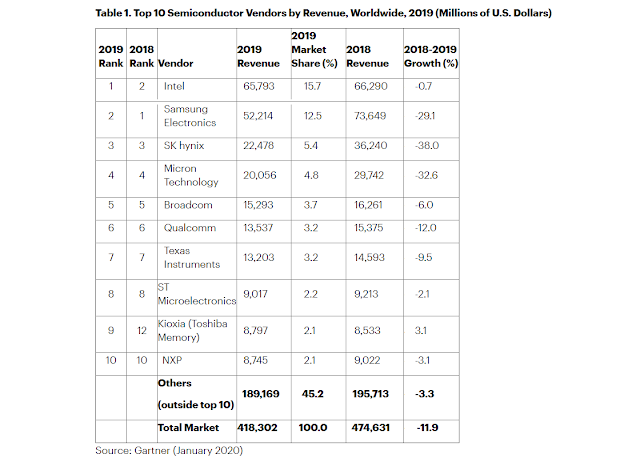NEC and its subsidiary OCC Corporation completed full qualification of subsea repeaters and optical cable containing up to 20 fiber pairs (40 fibers). This represents a 25% improvement in fiber count over 16 fiber pair systems previously built by NEC.
NEC said it achieved this milestone with only minor modifications to its proven repeater and cable designs. This was done by optimizing key repeater components, and by proving that its existing cable design could easily accommodate more fibers. The 20 fiber pair repeaters continue to use quadruple pump sharing technology, first introduced by NEC in 2010, for high optical and electrical efficiency.
OCC’s 20 fiber pair cable can be manufactured using a wide range of existing optical fibers, according to the needs of each new cable system. Furthermore, OCC has demonstrated to its customers that they can visually identify individual fibers using a combination of ring marking and conventional fiber coloring. This allows the potential number of fibers in a cable to be greatly expanded. Significantly, in OCC cable, the fiber’s transmission performance is completely unaffected, either by the fiber coloring or cabling processes.
“As global capacity demand continues to soar, NEC is committed to helping our customers scale up their networks in a cost-effective way,” said Takaaki Ogata, Executive Technical Manager of NEC’s Submarine Network Division. “Further significant increases in the fiber pair count of NEC’s wet plant are coming soon,” he added.
Mass production of the newly-qualified subsea repeaters and optical cable has already started.
NEC said it achieved this milestone with only minor modifications to its proven repeater and cable designs. This was done by optimizing key repeater components, and by proving that its existing cable design could easily accommodate more fibers. The 20 fiber pair repeaters continue to use quadruple pump sharing technology, first introduced by NEC in 2010, for high optical and electrical efficiency.
OCC’s 20 fiber pair cable can be manufactured using a wide range of existing optical fibers, according to the needs of each new cable system. Furthermore, OCC has demonstrated to its customers that they can visually identify individual fibers using a combination of ring marking and conventional fiber coloring. This allows the potential number of fibers in a cable to be greatly expanded. Significantly, in OCC cable, the fiber’s transmission performance is completely unaffected, either by the fiber coloring or cabling processes.
“As global capacity demand continues to soar, NEC is committed to helping our customers scale up their networks in a cost-effective way,” said Takaaki Ogata, Executive Technical Manager of NEC’s Submarine Network Division. “Further significant increases in the fiber pair count of NEC’s wet plant are coming soon,” he added.
Mass production of the newly-qualified subsea repeaters and optical cable has already started.



















